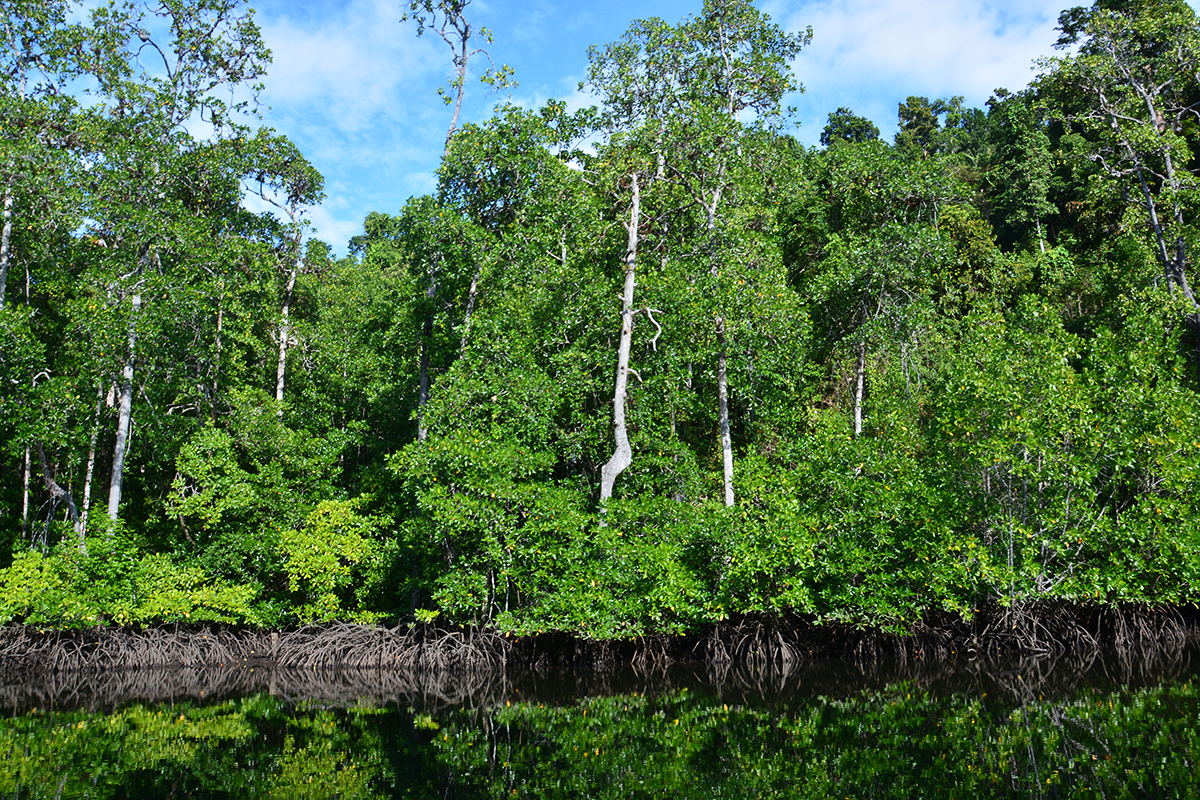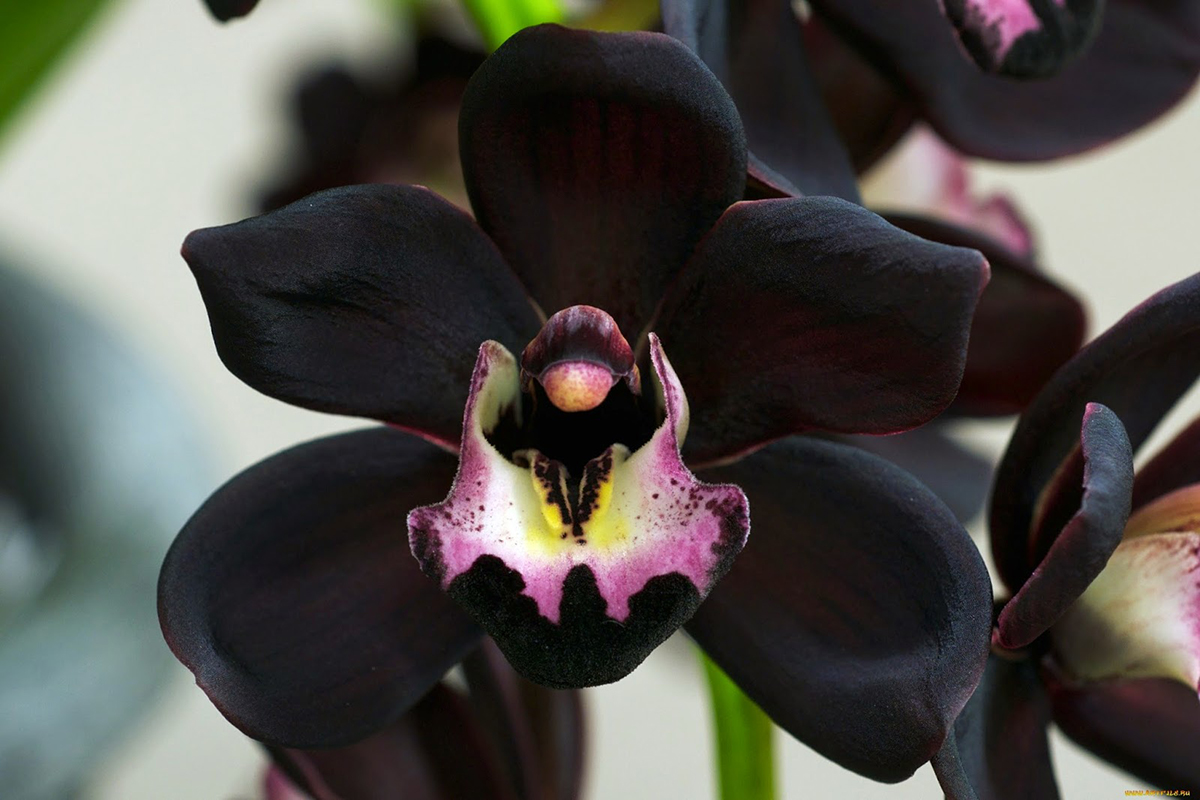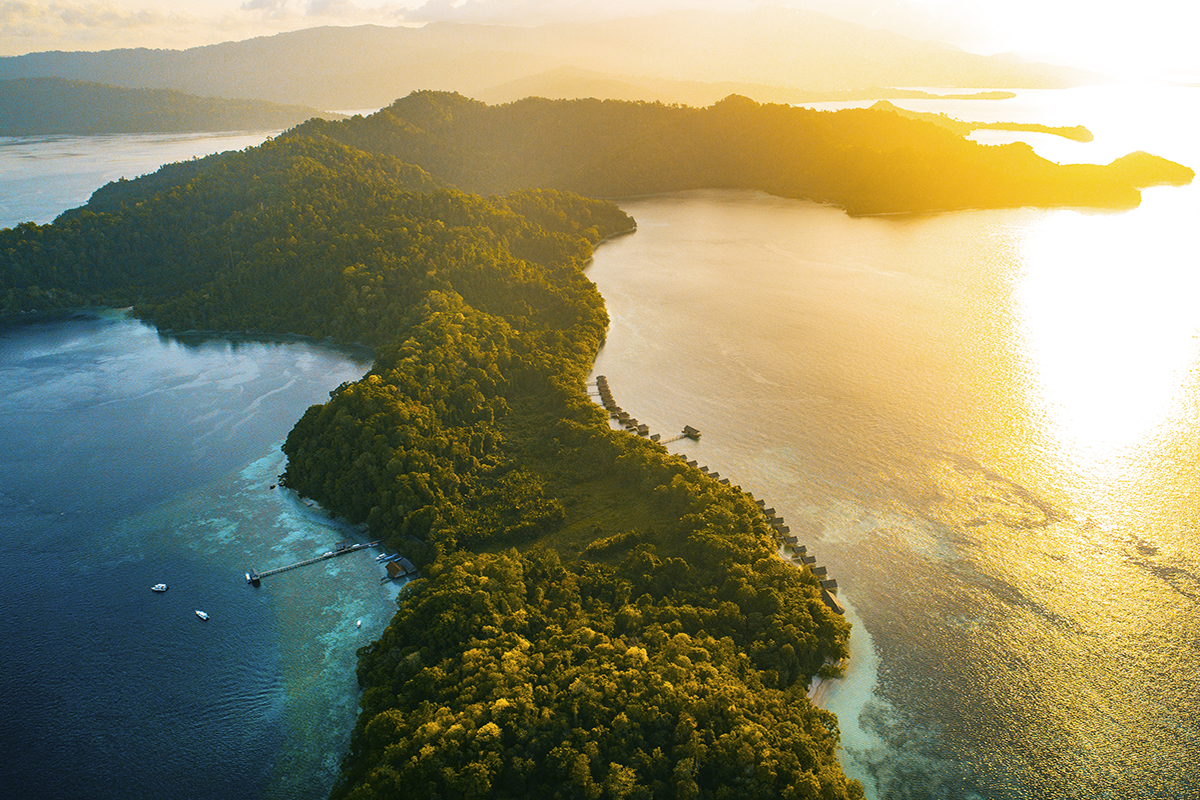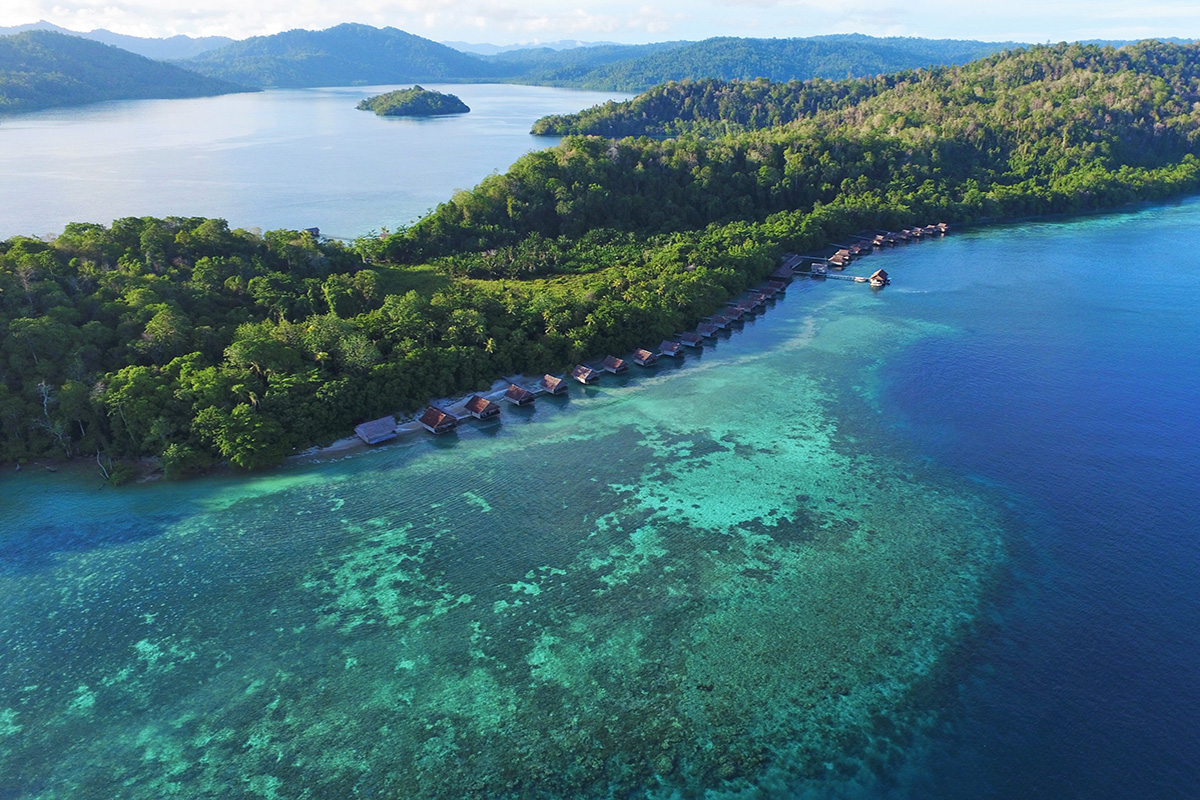A Botanical Guide to The Flora of Raja Ampat
Raja Ampat is at the very centre of the coral triangle, renowned for its incredible biodiversity of marine life. But beyond its azure waters, botanical wonders also thrive. There is more than we can possibly talk about in one article, but let’s scrape the surface of the rich flora of Raja Ampat.
Mangroves: Guardians of Coastal Life
Raja Ampat’s mangrove forests are incredibly complex ecosystems, where towering mangrove trees, including Rhizophora and Avicennia, create the perfect nurseries for marine life. These trees and many other plants in the mangroves also play a crucial role in protecting coastal communities from erosion and storm surges. It is possible to dive in some of the mangroves in Raja Ampat but cruising by them on a boat will also reveal many of the interesting flora species in the habitat.
A Rainbow of Orchids
The lush rainforests of the archipelago are home to an astonishing array of orchid species. From the iconic Dendrobium to the delicate Phalaenopsis, these gorgeous flowers adorn the canopy with their vibrant blooms. Botanists and orchid lovers from all over the world are captivated by the incredible variety of orchid species in Raja Ampat, some visiting for the orchids alone.
Carnivorous Pitcher Plants
If you venture into the peat swamps and lush forests of Raja Ampat, you may find yourself in the domain of pitcher plants. These carnivorous plants, including the giant Nepenthes rajah, lure unsuspecting insects into their deadly traps, showcasing nature’s ingenious adaptations in nutrient-poor environments. Raja Ampat has a number of endemic species of pitcher plants, including Napenthes Misool, and Napenthes Biak.
Medicinal Plants
One of the most interesting traditions of the Papuan people is their use of medicinal plants for healing ailments and injuries. From the anti-inflammatory properties of soursop leaves to the pain-relieving properties of ginger root, there are hundreds of plants that have been used for centuries by the indigenous people of Raja Ampat. You can learn about these plants by asking the local staff or guides at your accommodation.
Endemic Species
As there are endemic marine species in Raja Ampat, there are endemic flora as well. It’s incredibly interesting to learn about the endemic plant species that call Raja Ampat home, including the iconic Raja Ampat palm (Arenga pinata), and the Raja Ampat mangosteen (Garcinia amplexicaulis). These and the many other endemic species play a crucial role in maintaining the unique ecosystems of the region and highlight the importance of conservation efforts.
Raja Ampat is one of the last strongholds of biodiversity in the world, with many of the islands still untouched by human influence. This means there is an extraordinary diversity of flora that flourishes on the islands, from coastal mangroves and lush rainforest, to peat swamps and mist covered mountains. Each plant species that thrives in the region has adapted perfectly to live in these habitats and play their important role in the web of life that sustains the archipelago.
Are you a nature lover, interested in the flora and fauna of the places you visit? If so, there is no better place than Raja Ampat!





